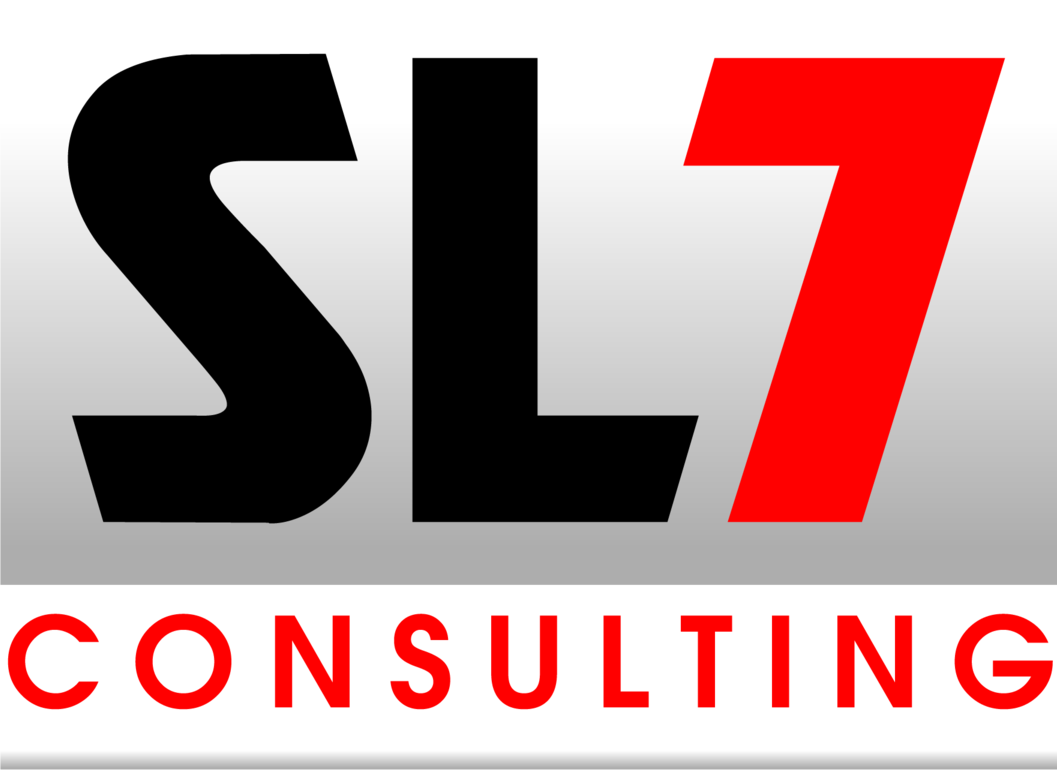An Excerpt from Amazon Bestselling Author Patrick Slevin’s New Book “Breaking Out of the NIMBY Matrix”
We must start this chapter agreeing that real estate development is a political enterprise. You can peel away the impressive financing, legal rights, and smart-growth planning, but at its core, real estate development is a political blood sport. It’s political because you must secure the majority, in some cases, supermajority, vote from municipal public officials at the township, city, and county levels.
Former Speaker of the House of Representatives Tip O’Neill coined the phrase, “All politics is local”, which has proven true for generations. Nothing triggers political controversy at the local level more than real estate projects that threaten the status quo, fear of change, and ignorant prejudices. In turn, nothing causes elected officials more apprehension and stress than angry homeowners threatening to vote them out of office should they vote in favor of a controversial development.
It doesn’t matter what type of application is being sought or by what real estate development industry. The politics of real estate development equally threatens site plans, entitlements, rezoning, and permitting. Emotions trump logic. Politics undermines legal. Chaos clouds certainty. Local elected officials who want to remain in office can get very political, very quickly, if they believe their seats are threatened.
Therefore, elected officials experiencing NIMBY duress become hard pressed when determining the fate of proposed master-planned communities, subdivisions, mixed use, mining operations, solar and wind farms, new malls, skyscrapers, big boxes, multi-family apartments, infill (e.g., abandoned golf courses), hospitals, prisons, landfills, airports, hotels, and affordable housing every day. More often than not, public policy is decided within this political shooting gallery.
If you can agree with me, then we can astutely discuss what is public affairs and why it’s essential in winning more project approvals at the local level.
What is Public Affairs?
Public affairs is the fraternal twin to public relations. Both engage the news media. Both develop persuasive messaging that frames stakeholder impressions. Both generate positive publicity, while rapidly mitigating negative stories vis-à-vis crisis communications. Both integrate the best of many disciplines such as marketing communications, branding, social and digital media, websites, media relations, internal communications, investor relations, paid media, and video communications.
The one big difference is public relations is more business-to-business (B2B) and business-to-consumer (B2C) focused, while public affairs is solely focused on influencing public policy at the municipal, state, and federal government levels. Public affairs is essential to what we call “the process” of making the sausage.

I’ve worked as a public affairs professional for more than 25 years. I’ve directly influenced public policy in more than 20 states, as well as federal policy including the War on Terror. The better public affairs operatives are adept at performing multiple aspects of persuasion and influence including building alliances, managing coalitions, conducting grassroots advocacy, holding pressers at the state capitol, briefing capital press reporters, ghostwriting and placing guest columns, conducting editorial board meetings, coordinating speakers’ bureaus, and working hand-to-glove with government relations professionals a.k.a. lobbyists.
The practice of passing or killing legislation with public affairs is not much different at the municipal level when it comes to the approval process. I admit that my prior experience as a Florida mayor has given me a unique perspective in conducting public affairs at the local level. If I didn’t possess that perspective, experience, and firsthand knowledge, then I wouldn’t have been any different than the other public affairs operatives down the street.
Public Affairs and Nimby
The lack of public affairs strategies, tactics, and integrated best practices explains why the NIMBY Matrix™ gets a pass. For decades, NIMBY opponents have enjoyed the strategic high ground, while dictating their cadence of conflict until the final vote is counted.
Unfortunately, most self-professed public relations operatives who assert they can help developers defeat NIMBYism present little to no experience in the public affairs field. That doesn’t mean there aren’t a few who know what they’re doing such as political consultants and former legislators or commissioners, but even they lack the integrated experience needed to defeat NIMBYism in today’s digital world.
Admittedly, as a corporate consultant and public affairs quarterback, I’ve enjoyed a competitive advantage and a unique selling position. However, I’ve grown frustrated with seeing how easily NIMBY activists manipulate other good projects and good, reputable companies who try to do the right thing in the public square.
That is why I’ve written Part II. In order to help others successfully break out of the NIMBY Matrix™, we need better practices, better campaigns, and better professionals taking on savvy NIMBY opponents who operate largely unchallenged in the NIMBY Matrix™.
Public Affairs or BUST
It may have seemed that I was criticizing the few professionals out there who are trying to cobble together public affairs efforts to help defeat NIMBYism for their clients. On the contrary, we need more public affairs professionals who can effectively contribute to a developer’s A-team of land-use lawyers, planners, brokers, agents, and marketing/PR specialists. Also, educating developers and land-use professionals on recognizing and managing the benefits of integrated public affairs.
I’ve had the pleasure of working with many political consultants and a few former state legislators on real estate development projects. They have a better than average understanding of how to lobby local leaders and influence the news media, but often the client requires added skillsets to effectively integrate public affairs for optimal influence.
In the forthcoming pages, I’ve laid out my equation for success and model for integrating public affairs that decreases the risks of public rejection, while increasing the odds for project approvals.
May the forthcoming pages inspire a new generation of professionals who are ready to make a positive change in the real estate development industry.
Click to instantly save more than 65 percent on the paperback, while receiving FREE shipping.
